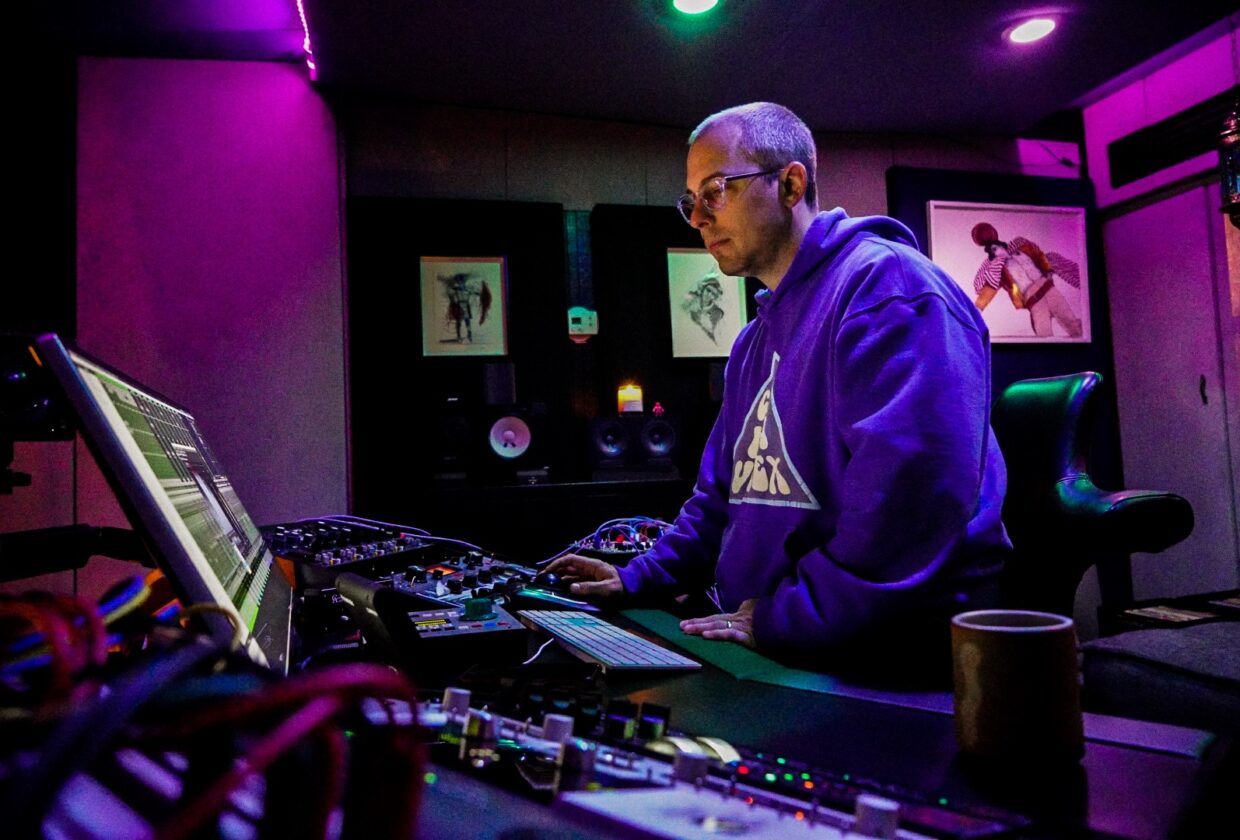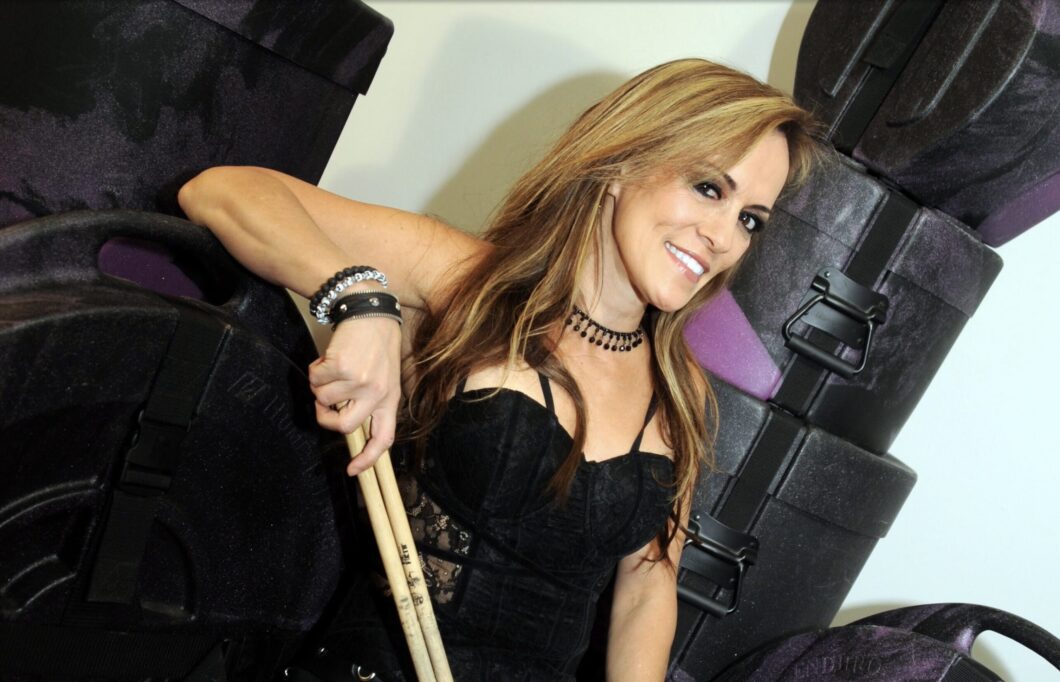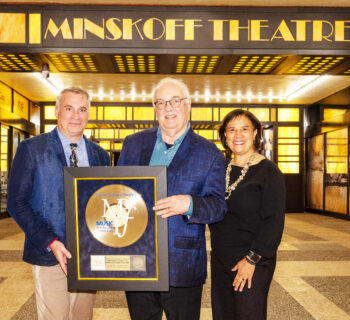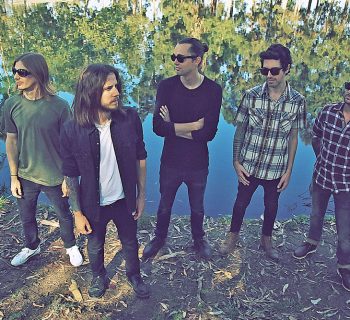Producer and engineer Josh Gudwin first whet his audio appetite during his service with the United States Marine Corps. He then devoted 11 months to study at Full Sail University. But he learned at least as much, if not more, on his own. Music Connection first featured him here in Producer Crosstalk in 2016. In the seven years since, he’s worked with Justin Bieber, Bad Bunny and Dua Lipa, among many others. He’s also won 10 Grammys in that time. Most of his work comes to him by word-of-mouth and relationships formed at social events.
Gudwin has worked with rapper Bad Bunny on the artist’s last four albums, which earned him six Grammy wins. The collaboration came by way of a connection made at a party. That may sound simple. But the amount of work it took to get to that party is what was key. “We’d just won two Latin Grammys for Juanes’ album [Mis Planes Son Amarte] in 2017,” he begins. “We were at an after-party when my friend Sam Shahidi introduced me to Bunny’s manager Noah [Assad]. Sam suggested that he have me mix Bunny’s next album. So, I did. Bunny is magical with his output, passion and the truth he puts into his music.”
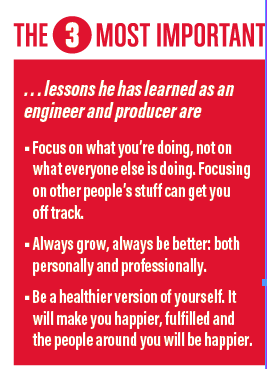
Since MC last spoke with Gudwin, his process has changed little. “My approach is, and always will be, song first, artist first,” he says. “I always try to service the song and then the artist to push their vision through, whatever that may be. Our [own] opinions matter, but we’re not the ones putting out a song or album. The artist should be the happiest [one] in the process.”
In addition to his plethora of productions, in the past 18 months, Gudwin has worked with Acoustica and Studio DMI to develop Magic Flow, his first plug-in. “It has different sections,” he explains. “Filters, an optical compressor and multi-band compression. The dynamic resonance control allows you to sweep frequencies and whichever range you set on, you lift your threshold and it’ll pull it down. If you have a low-frequency resonance buildup on 200-300 hertz, for example, you can lower that, dynamically. It also has a finishing compressor EQ, a saturator and a mid-bump.”
In Music Connection’s February issue, mixing legend Chris Lord-Alge suggested that the number of actual mix engineers represents a mere fraction of the number of people who claim the title. Gudwin holds a similar view. “The thing about mixing is that it takes a lot of time to understand fully what you’re doing,” he asserts. “We’re dealing with frequency, sound and a lot of unknowns; frequencies that we can't see. Light frequency we can see, colors we can see. But we can't see the audio, so we have to try to convey that, so when we close our eyes we can actually see it. Unless you were taught by the right people, you’re not going to learn that on you own. But there are a lot of talented up-and-coming mixers these days who are also leaders.”
Gudwin has a wide array of productions on his slate currently, as well as a number of upcoming big-name projects. Among these is music that he’s writing and producing for himself, which he may release later. He continues to develop artists and to work in a semi A&R capacity.
Contact Twitter and Instagram @joshgudwin, joshgudwin.com

